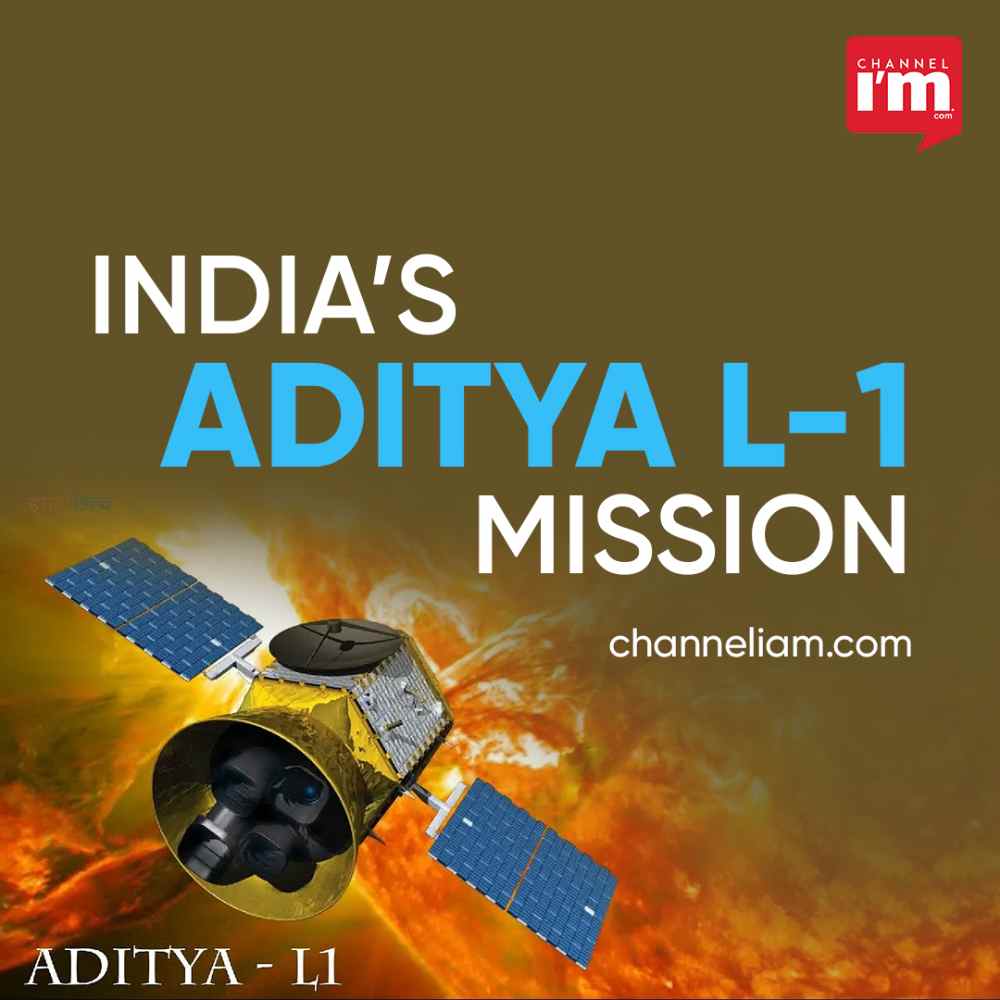
The Indian Space Research Organization (ISRO) is preparing for its first scientific expedition to study the sun, Aditya-L1. Aditya L1 will be launched using the Polar Satellite Launch Vehicle (PSLV) XL with 7 payloads (instruments) on board. Named after one of many Sanskrit names for the Sun- Aditya- is scheduled to be launched from Sriharikota, Andhra Pradesh using the Polar Satellite Launch Vehicle (PSLV-XL).
Aditya L1 will be ISRO’s second space-based astronomy mission after AstroSat, which was launched in 2015. Aditya-1 was renamed Aditya-L1. The Aditya 1 was meant to observe only the solar corona.
It would be placed at a point in space known as the L1 Lagrange point. L1 refers to Lagrangian/Lagrange Point 1, one of 5 points in the orbital plane of the Earth-Sun system. It is about 1.5 million km from Earth, or about 1/100th of the way to the Sun.
This point provides the advantage of observing the Sun continuously without any disturbance. Hence the mission was renamed as Aditya L1 mission. Aditya L1 will study the sun’s corona (visible and near-infrared rays), the sun’s photosphere (soft and hard X-ray), the chromosphere (ultraviolet), solar emissions, solar winds and flares, and Coronal Mass Ejections (CMEs), and will carry out round-the-clock imaging of the sun.
The payload data will help understand the effect of the Sun on the Earth and its surroundings, especially in studying the patterns and impacts of solar flares. The scientific studies by the satellite will enhance our current understanding of the Solar Corona and also provide vital data for space weather studies’ will help to observe the corona continuously and the data provided by it is expected to answer many outstanding problems in the field of solar astronomy. No other solar coronagraph in space has the ability to image the solar corona as close to the solar disk as VELC which can image it as close as 1.05 times the solar radius. It can also do imaging, spectroscopy, and polarimetry at the same time, and can take observations at a very high resolution and many times a second.
